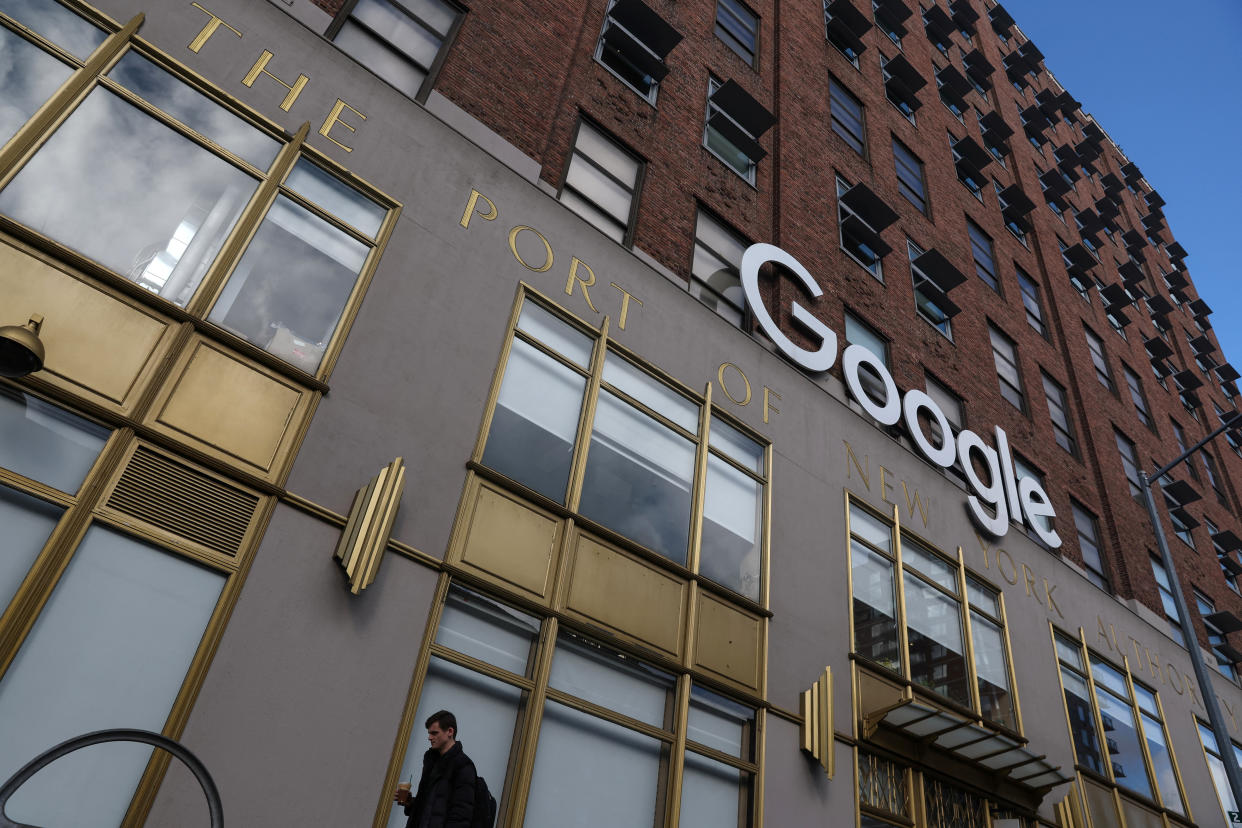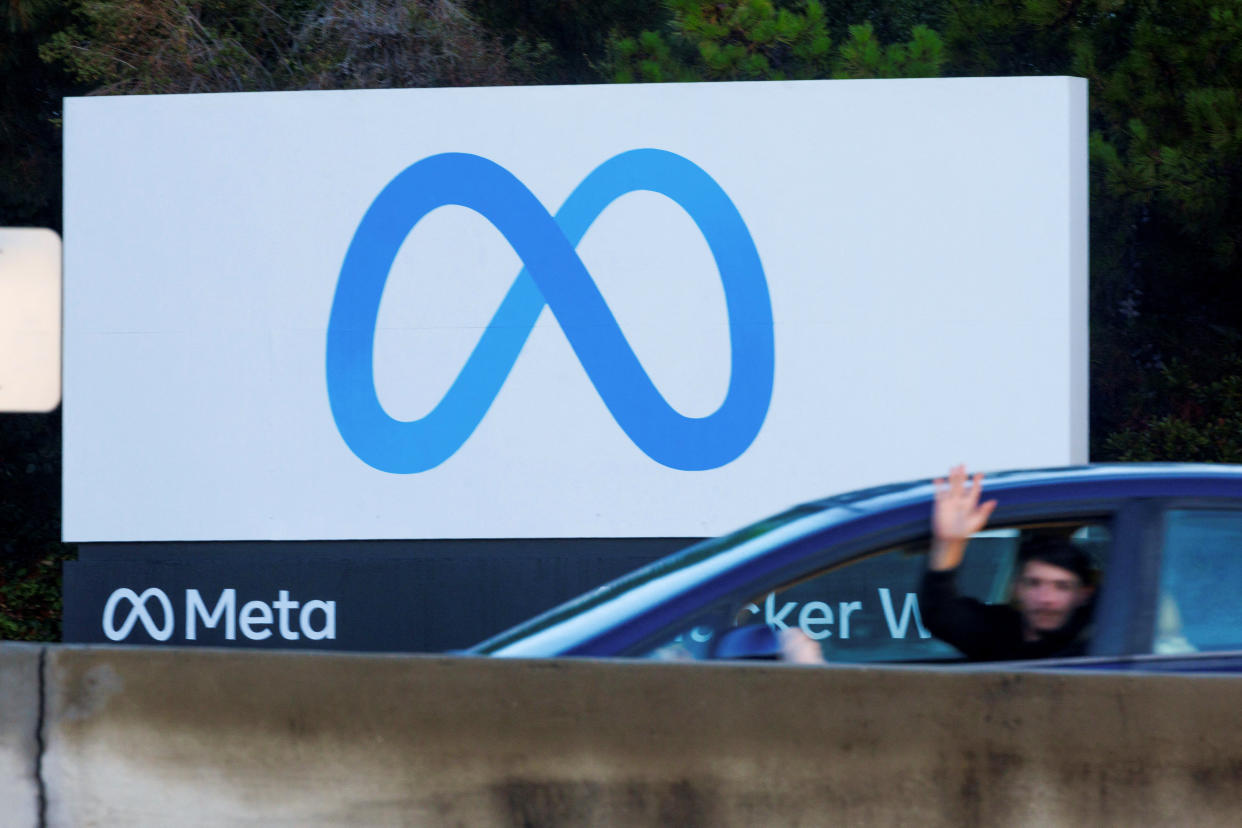Tech layoffs: Yes, there's a better way to fire people. Is Big Tech doing it? No way.
Big Tech has already laid off more than 150,000 workers in 2023. In some ways, it's the same old story. These companies are not only firing folks — they're not using HR-friendly ways to do it.
The bottom line: The way tech companies conduct layoffs may hurt business in the long run, experts told Yahoo Finance.
Here's one HR-challenged example. In recent weeks, Amazon's latest (AMZN) layoff announcement affected 9,000 employees; Meta (META), 10,000 workers. These moves came on top of layoffs last year. 2022. A big problem, experts said, is that these layoffs happened in waves—not in a single announcement.
"Some may ask why we didn’t announce these role reductions with the ones we announced a couple months ago," wrote Amazon CEO Andy Jassy in a March 20 blog post. "The short answer is that not all of the teams were done with their analyses in the late fall ... We chose to share these decisions as we’ve made them so people had the information as soon as possible. The same is true for this note as the impacted teams are not yet finished making final decisions on precisely which roles will be impacted. Once those decisions have been made (our goal is to have this complete by mid to late April), we will communicate with the impacted employees."
Meta's doing the same thing, and in CEO Mark Zuckerberg's latest communication, he acknowledged as much.
"I recognize that sharing plans for restructuring and layoffs months in advance creates a challenging period, he wrote in a post. "But last fall, we heard feedback that you wanted more transparency sooner into any restructuring plans, so that's what I'm trying to provide here. I hope that giving you a timeline and principles for what to expect will help us get through the next couple of months."
Another thing these layoffs reportedly have in common: large, impersonal Zoom (ZM) calls. In the most extreme cases, employees, as was the case at Twitter in 2022 and at Google parent Alphabet (GOOG, GOOGL) this year, were simply locked out of their work computers and emails.
Is this a good thing? Yahoo Finance spoke with six experts, and they all agreed – the methods by which Big Tech is laying its workers off are big "don'ts" in the world of human resources.
“A lot of my understanding of this process starts with the assumption of minimizing harm,” said Kenneth Matos, global director of people science at employee experience platform Culture Amp. “Where layoffs aren’t pleasant experiences, pretty much for anyone, there are still ways in which you can make them hurt a whole lot more or hurt a whole lot less. I think a lot of people, because they can’t make it positive, they just give up entirely.”

Two isn't always better than one
When it comes to ideal layoff conduct, one big cut is light years better than several small ones, every HR expert we talked to said.
“If a company is able to communicate that it’s the only time they’re going to do it and explains the reasons for the layoff clearly, employees and the company itself can start to get past it. Now, when there are multiple rounds, what you do is take all that investment you’ve put into building your company’s culture and values, and you replace it with fear,” said Rob Sadow, CEO and co-founder at Scoop, a startup that develops hybrid work tools.
“Everybody starts being afraid that the next wave is just on the horizon, it could be a week from now, or a month from now,” Sadow added. “When employees are afraid … they move into survival mode. They start looking elsewhere, because they figure they could be on the block in the next round of layoffs. Your top performers might also say, ‘Wow, let me go find a more stable place to be.’ You end up losing both the folks you wanted to let go of for strategic or financial reasons and the high performers you really needed to keep.”
Productivity can also suffer, said Betsy Leatherman, global president of consulting services at executive development solutions provider Leadership Circle. “The reality is that if information from your nervous system matches anything that feels like a threat ... preventing you from using executive functions in your brain – so innovation, consciousness, decision-making. You literally aren’t getting information routed there because your nervous system is reacting to preserve you.”
Those mass Zoom layoffs? Not good.
"Every employee losing their job needs a personalized, individual approach," said Justin Ayers, VP and head of global recruiting at Checkr, a workforce background screening company that's not planning layoffs right now. "Broad email layoffs or company-wide Zoom calls don’t cut it. Hard conversations are always best one-on-one, even if that feels less ‘efficient.’ Companies that lead with empathy over efficiency will be in a much better position to motivate remaining employees and avoid reputational damage."

Left behind
For the employees who remain at the company after layoffs, the experience can be complicated.
"For those who stay at the organization, many experience survivors' guilt and could experience fear and uncertainty over their future," said Anne Jacoby, Spring Street Solutions founder and CEO. "This is the optimal time for leaders to over communicate about the company's purpose, vision, mission, and values, and engage in listening circles with team members.”
When it comes to the long-term, there are other consequences of conducting layoffs poorly. For example, recruiting can also get more difficult in the aftermath, said Sadow.
"Top talent is seeking opportunities to work with organizations that share their values, and that includes empathy and purpose," added RGP Chief People Officer Katy Conway. "People want to feel heard and understood. Leaders who don’t prioritize empathy and emotional intelligence put their organizations at risk."
Allie Garfinkle is a Senior Tech Reporter at Yahoo Finance. Follow her on Twitter at @agarfinks and on LinkedIn.
Click here for the latest technology business news, reviews, and useful articles on tech and gadgets
Read the latest financial and business news from Yahoo Finance
